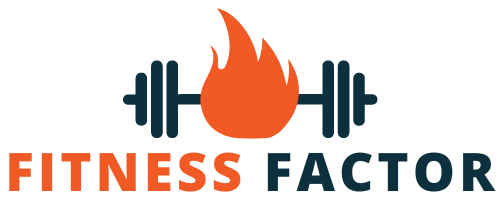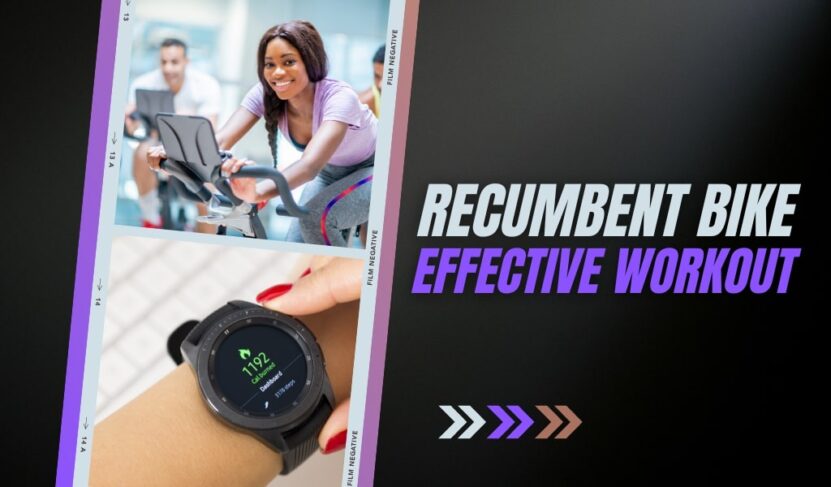Recumbent bikes are a type of stationary exercise bike that has become increasingly popular in recent years. They are designed with a large, comfortable seat and a backrest that allows you to recline while pedaling, which makes them a great choice for people who experience back pain or discomfort while using traditional upright bikes.
One of the major benefits of recumbent bikes is that they work a wide range of muscles throughout your lower body, which makes them an excellent choice for building strength, improving cardiovascular health, and burning calories. In this article, we will explore the different muscle groups that recumbent bike workouts target, as well as the many other benefits that this type of exercise can offer.
The Primary Muscles Targeted
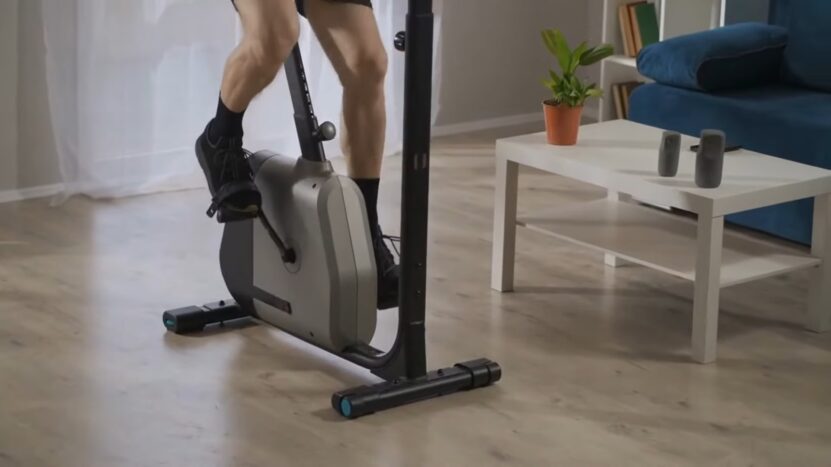
The primary muscles targeted by recumbent bike workouts are the quadriceps and hamstrings. The quadriceps are a group of four muscles located on the front of your thigh, while the hamstrings are a group of three muscles located on the back of your thigh.
When you pedal a recumbent bike, you are primarily using your quadriceps to extend your leg and push the pedals forward. This motion also engages your hamstrings, which help to stabilize your leg and prevent it from swinging forward. Because these muscles are working in opposition to each other, recumbent bike workouts can be a great way to improve your overall leg strength and muscular endurance.
The Secondary Muscles Targeted
In addition to the quadriceps and hamstrings, recumbent bike workouts also work a number of secondary muscles throughout your lower body. These include your glutes, calves, and even your hip flexors.
Your glutes are the muscles in your buttocks that help to extend your hip and keep your pelvis stable while you pedal. Engaging these muscles can help to tone and strengthen your backside, which can be especially beneficial for those who spend a lot of time sitting at a desk or in front of a computer.
Your calves are the muscles located on the back of your lower leg, and they help to push your foot down on the pedal during each revolution. Strong calves can improve your overall balance and stability, which can be important for activities like walking, running, and even standing for long periods of time.
Finally, your hip flexors are a group of muscles located in your pelvis that help to lift your leg up and forward. Although they are not the primary muscles used during recumbent bike workouts, they can still be activated to some extent, which can help to improve your overall hip mobility and range of motion.
They Can Improve Cardiovascular Health
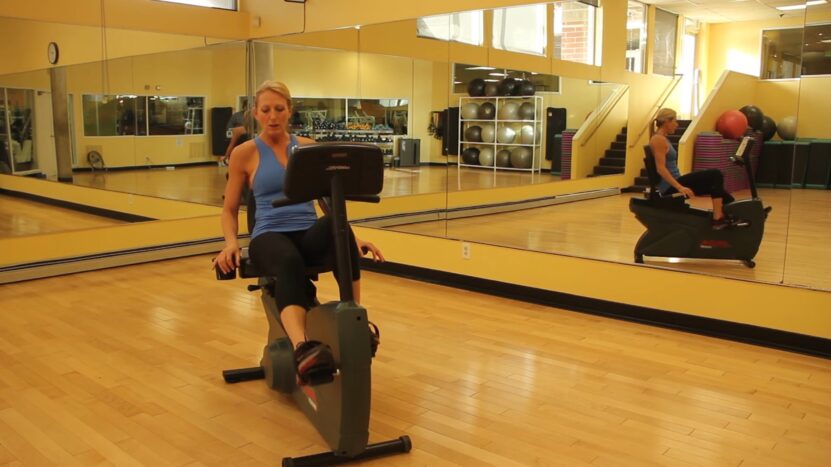
In addition to working a wide range of muscles throughout your lower body, recumbent bike workouts can also provide significant cardiovascular benefits. When you pedal a recumbent bike, you increase your heart rate and breathing rate, which helps to improve the overall health of your cardiovascular system.
Over time, regular recumbent bike workouts can lead to increased cardiovascular endurance, which means that your body is better able to transport and utilize oxygen during physical activity. This can be especially beneficial for athletes and fitness enthusiasts who participate in endurance sports like running, cycling, or swimming.
The Role of Resistance Levels
One of the unique features of recumbent bikes is that they allow you to adjust the resistance level of the pedals, which can have a significant impact on the muscles that are targeted during your workout. When you increase the resistance level, you make it harder to pedal, which means that your muscles have to work harder to push the pedals forward.
Higher resistance levels are generally better for building strength and muscular endurance, while lower resistance levels are better for improving cardiovascular health and burning calories. However, it is important to note that even at lower resistance levels, recumbent bike workouts can still provide significant strength-building benefits.
By adjusting the resistance level on your recumbent bike, you can target specific muscle groups in your lower body. For example, if you want to focus more on your quadriceps, you can increase the resistance level and pedal at a slower pace. On the other hand, if you want to focus more on your glutes and hamstrings, you can decrease the resistance level and pedal at a faster pace.
It is important to use proper form and technique when adjusting the resistance level on your recumbent bike, as improper use can increase your risk of injury. Always start with a lower resistance level and gradually increase it as you become more comfortable with the movement.
Weight Loss and Toning
Recumbent bike workouts can be an effective way to lose weight and tone your lower body muscles. By pedaling at a moderate to high intensity, you can burn a significant number of calories and improve your overall metabolic rate. This can lead to weight loss over time, especially when combined with a healthy diet and lifestyle.
Additionally, because recumbent bikes work a wide range of muscles throughout your lower body, they can help to tone and strengthen these muscles, leading to a more sculpted and defined appearance. Regular recumbent bike workouts can help to reduce body fat and increase muscle mass, which can be especially beneficial for those who are looking to improve their overall physique.
Joint Health and Injury Prevention
One of the major benefits of recumbent bike workouts is that they are low-impact, which means that they put less stress on your joints than other types of exercise, like running or jumping. This can be especially beneficial for people who experience joint pain or discomfort, or who are recovering from an injury.
Recumbent bike workouts can also help to improve joint health by increasing blood flow and oxygenation to the joints. This can help to reduce inflammation and promote healing, which can be especially beneficial for those with conditions like arthritis or osteoporosis.
It is important to use proper form and technique when using a recumbent bike, as improper use can increase your risk of injury. Always start with a lower intensity and gradually increase it as you become more comfortable with the movement. Additionally, be sure to stretch and warm up properly before each workout to reduce your risk of injury.
Tips for Proper Form and Posture
Proper form and posture are essential for getting the most out of your recumbent bike workout and reducing your risk of injury. Here are some tips for maintaining proper form and posture during your workout:
- Sit up straight with your back against the backrest and your shoulders relaxed.
- Keep your feet flat on the pedals and your knees in line with your hips.
- Engage your core muscles to help stabilize your body and maintain balance.
- Keep your hands on the handlebars and your elbows slightly bent.
- Avoid leaning forward or slouching, as this can put unnecessary stress on your lower back.
How to Adjust Recumbent Bikes
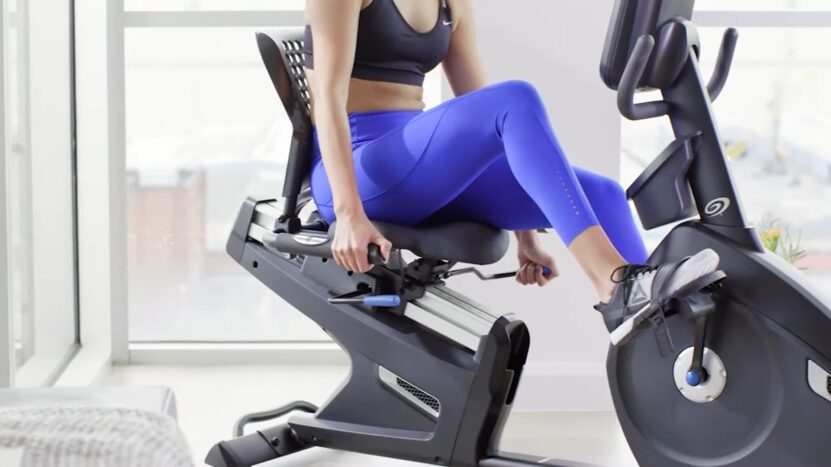
As mentioned earlier, adjusting the resistance level on your recumbent bike is one way to target specific muscle groups in your lower body. However, there are other ways to adjust your recumbent bike to get the most out of your workout.
One way to target your quadriceps is to adjust the position of your seat. Move your seat forward so that your knees are slightly bent when your feet are on the pedals. This will force your quadriceps to work harder to extend your leg, leading to a more intense workout.
To target your hamstrings and glutes, adjust the angle of the seat. Tilt the seat slightly backward so that your back is reclined more, which will engage these muscles more during your workout.
Additionally, you can vary the speed and intensity of your pedaling to target different muscle groups. Pedaling at a slower pace with more resistance will target your quadriceps and hamstrings while pedaling at a faster pace with less resistance will target your glutes and calves.
Comparison to Other Forms of Cardio and Strength Training
Recumbent bike workouts offer a number of unique benefits that make them a great choice for people of all fitness levels. Compared to other forms of cardio, like running or cycling, recumbent bikes are lower impact and put less stress on your joints. Additionally, recumbent bike workouts can be a great way to build strength and muscle tone in your lower body, which may not be as easily achieved through other forms of cardio.
Compared to strength training exercises, like weightlifting or bodyweight exercises, recumbent bike workouts may not be as effective at building overall strength and muscle mass. However, they can still be a great way to supplement your strength training routine and provide a low-impact cardio workout that can improve your overall fitness level.
Common Mistakes to Avoid
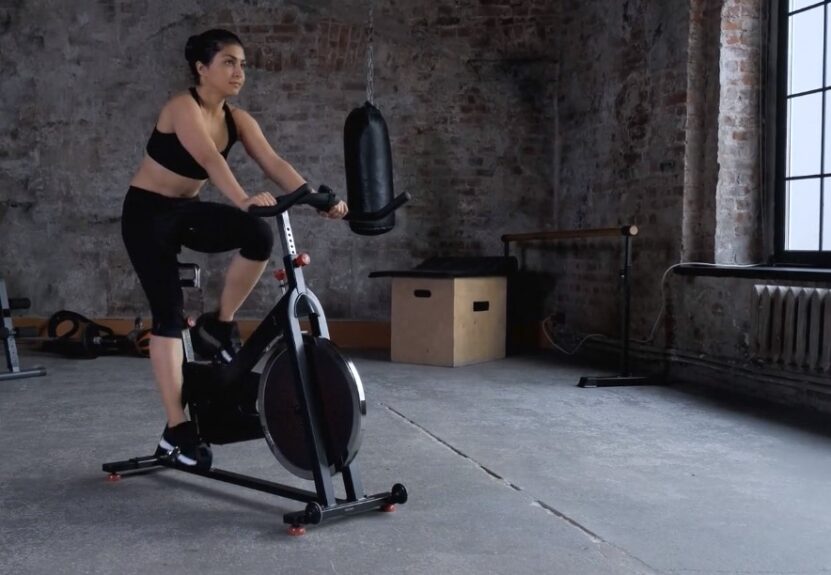
To get the most out of your recumbent bike workout and reduce your risk of injury, it is important to avoid these common mistakes:
- Slouching or leaning forward: This can put unnecessary stress on your lower back and lead to discomfort or injury.
- Pedaling with your toes: This can put undue strain on your calves and lead to cramping or injury.
- Using too much resistance: This can put undue stress on your muscles and joints and lead to injury.
- Not using the proper form: This can reduce the effectiveness of your workout and increase your risk of injury.
- Focusing too much on your upper body: While you can use your arms to hold onto the handlebars, you should not use them to pull yourself forward or support your body weight.
The Benefits
Incorporating recumbent bike workouts into a well-rounded fitness routine can provide a number of benefits for your overall health and fitness level. Some of these benefits include:
- Improved cardiovascular health and endurance
- Increased muscular strength and endurance
- Reduced risk of joint pain and injury
- Enhanced weight loss and muscle tone
- Improved flexibility and range of motion
- Reduced stress and improved mental health
By combining recumbent bike workouts with other forms of exercise, like strength training or yoga, you can create a well-rounded fitness routine that addresses all aspects of your physical and mental health.
The Importance of Rest and Recovery
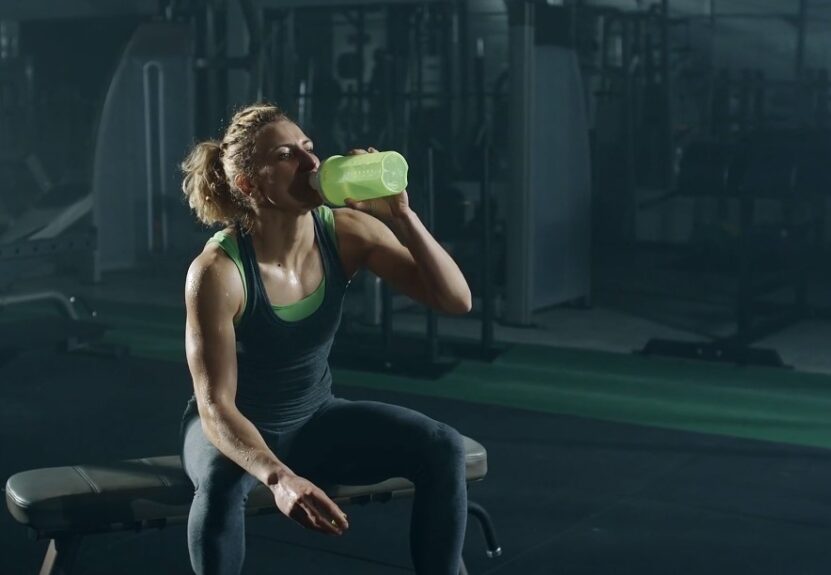
Like any form of exercise, it is important to allow your body time to rest and recover between workouts when using a recumbent bike. This can help to prevent overuse injuries and ensure that you are able to continue exercising safely and effectively.
Be sure to stretch properly before and after your recumbent bike workout, and allow your body time to rest and recover between workouts. This may mean taking a day or two off between workouts or alternating your recumbent bike workouts with other forms of exercise.
The Impact of Frequency and Duration
The frequency and duration of your recumbent bike workouts can have a significant impact on your overall muscle development and fitness level. For optimal results, aim to incorporate recumbent bike workouts into your fitness routine at least 2-3 times per week, and gradually increase the duration and intensity of your workouts over time.
For beginners, it is recommended to start with shorter workouts of 20-30 minutes, and gradually increase the duration as your fitness level improves. As you become more comfortable with the movement, you can also increase the intensity of your workouts by adjusting the resistance level on your recumbent bike.
It is important to listen to your body and avoid overdoing it, as this can lead to fatigue, injury, or burnout. Aim to find a balance between challenging yourself and allowing your body time to rest and recover between workouts.
FAQs

How Does a Recumbent Bike Workout Compare to Other Types of Cardio Exercise?
It is low-impact and puts less stress on joints compared to high-impact exercises like running. It is also effective for building lower body strength.
Can a Recumbent Bike Workout Help with Weight Loss and Toning?
Yes, it can help with weight loss and toning by burning calories and working a variety of lower-body muscles.
How Often Should I Incorporate a Recumbent Bike Workout Into My Fitness Routine?
For optimal results, aim to incorporate it into your fitness routine 2-3 times per week.
What Is the Role of Rest and Recovery in A Recumbent Bike Workout Routine?
Rest and recovery are important for preventing overuse injuries and allowing the body to recover between workouts. This can involve taking a day or two off between workouts or alternating recumbent bike workouts with other forms of exercise.
Can a Recumbent Bike Workout Improve Joint Health and Prevent Injury?
It is low-impact and can help improve joint health by increasing blood flow and oxygenation to the joints. Additionally, strengthening the muscles can help reduce the risk of injury.
How Can I Ensure Proper Form and Posture During a Recumbent Bike Workout?
Maintain proper form and posture by sitting up straight, keeping feet flat on the pedals, engaging core muscles, and avoiding leaning forward or slouching.
Conclusion
Recumbent bike workouts offer a wide range of benefits for overall fitness and muscle development. By targeting the quadriceps, hamstrings, glutes, and other muscles in your lower body, recumbent bike workouts can help to improve your strength, endurance, and overall cardiovascular health.
In addition, recumbent bike workouts are low-impact and can be a great option for people who experience joint pain or discomfort during other forms of exercise. They can also be easily adjusted to target specific muscle groups and provide a challenging and effective workout for people of all fitness levels.
By incorporating recumbent bike workouts into a well-rounded fitness routine and focusing on proper form and technique, you can experience the many benefits that this type of exercise has to offer. Whether you are looking to improve your cardiovascular health, build strength and muscle tone, or simply enjoy a low-impact workout that is easy on your joints, recumbent bike workouts are a great choice for anyone looking to improve their overall health and fitness level.
